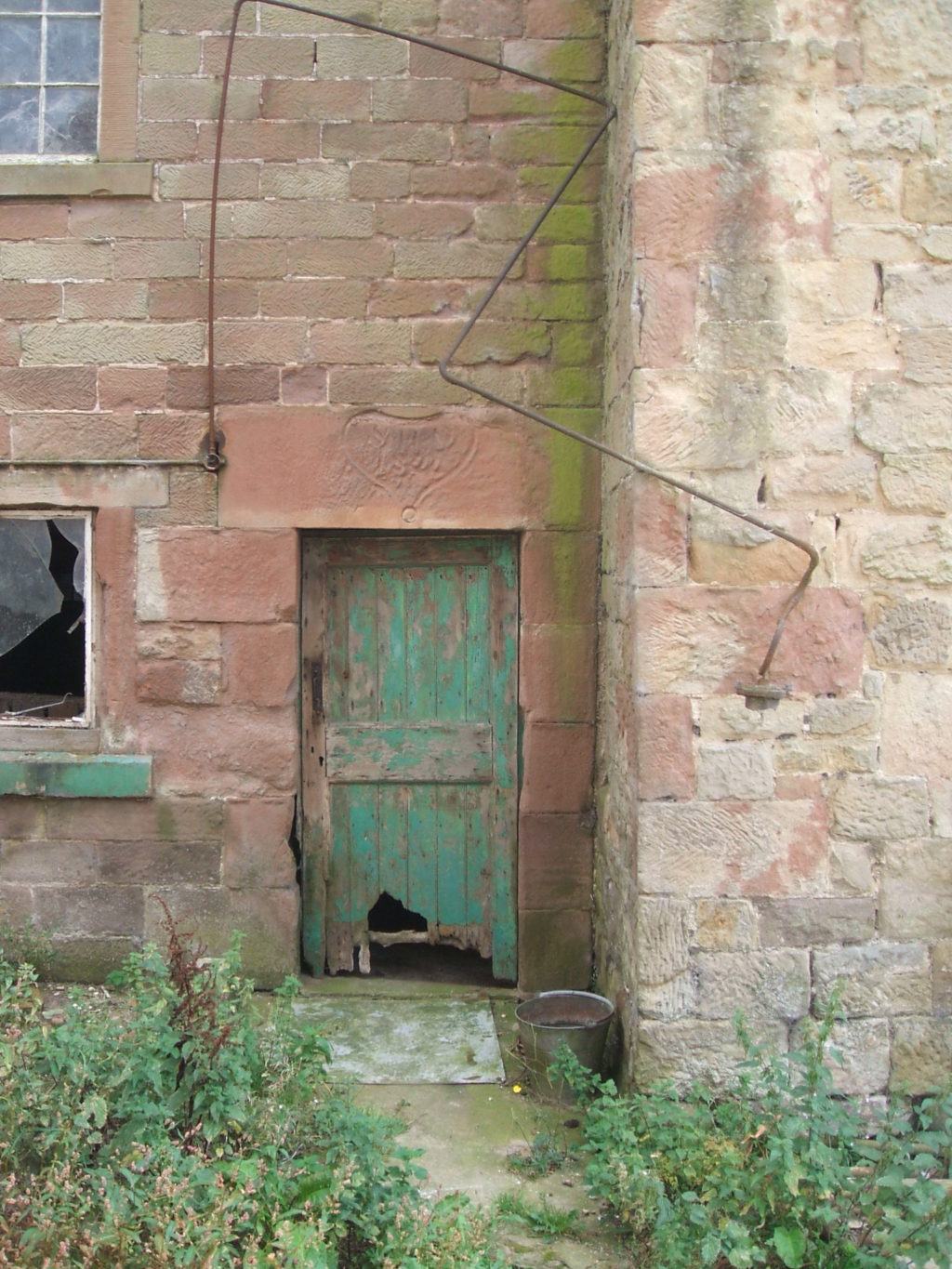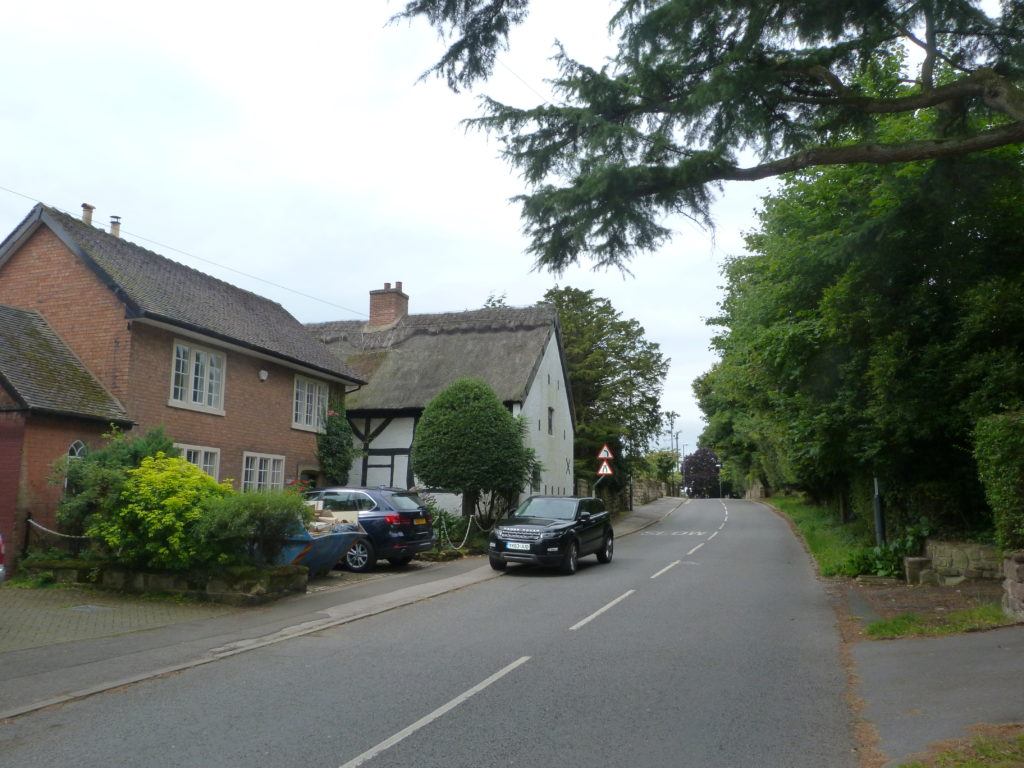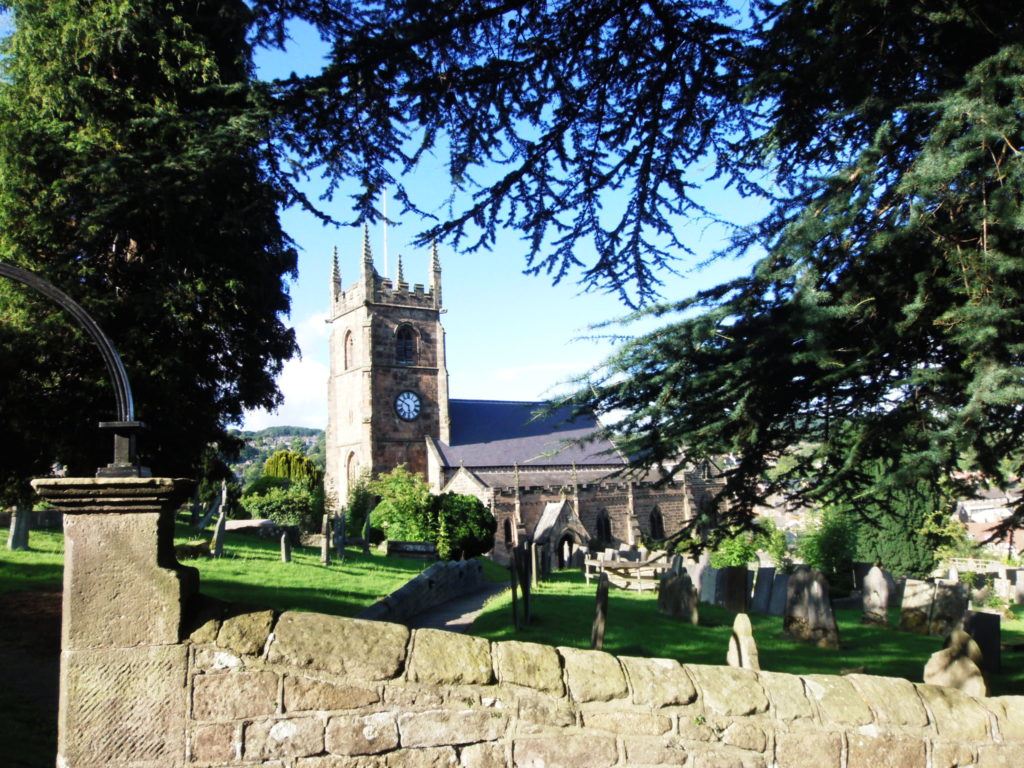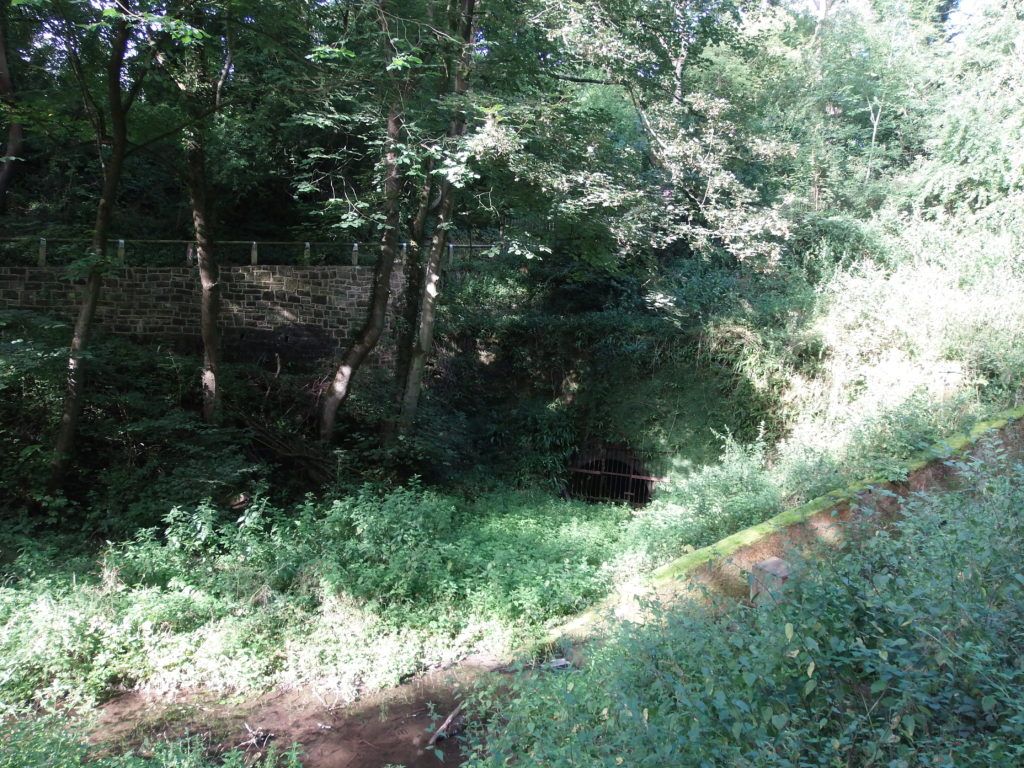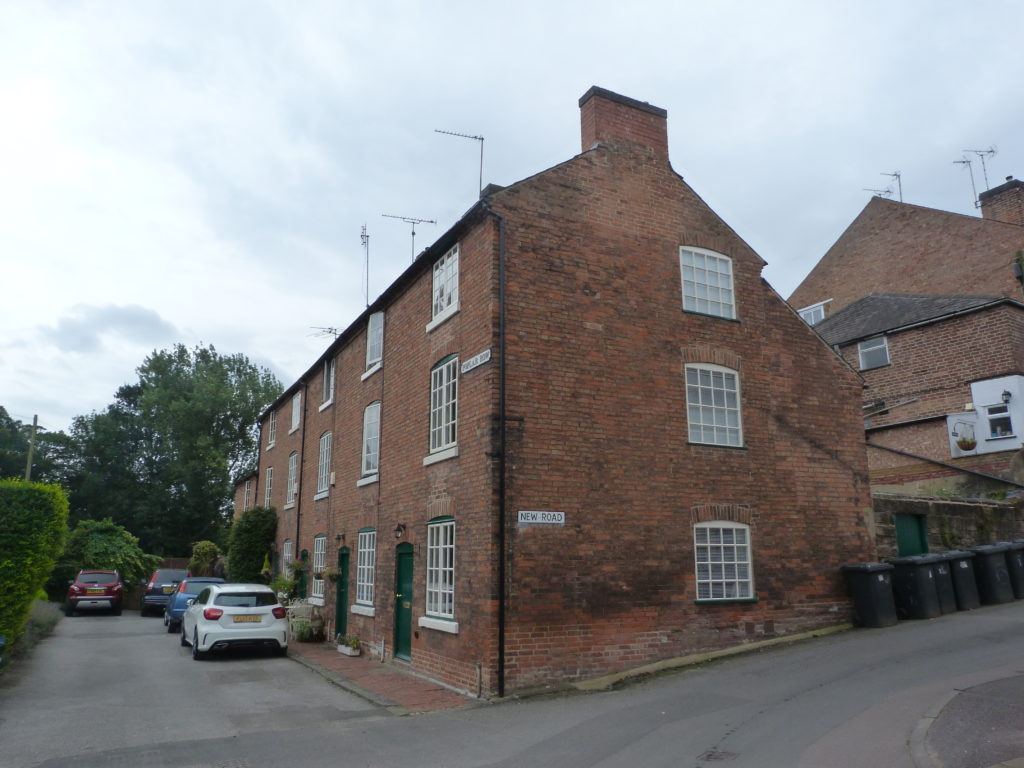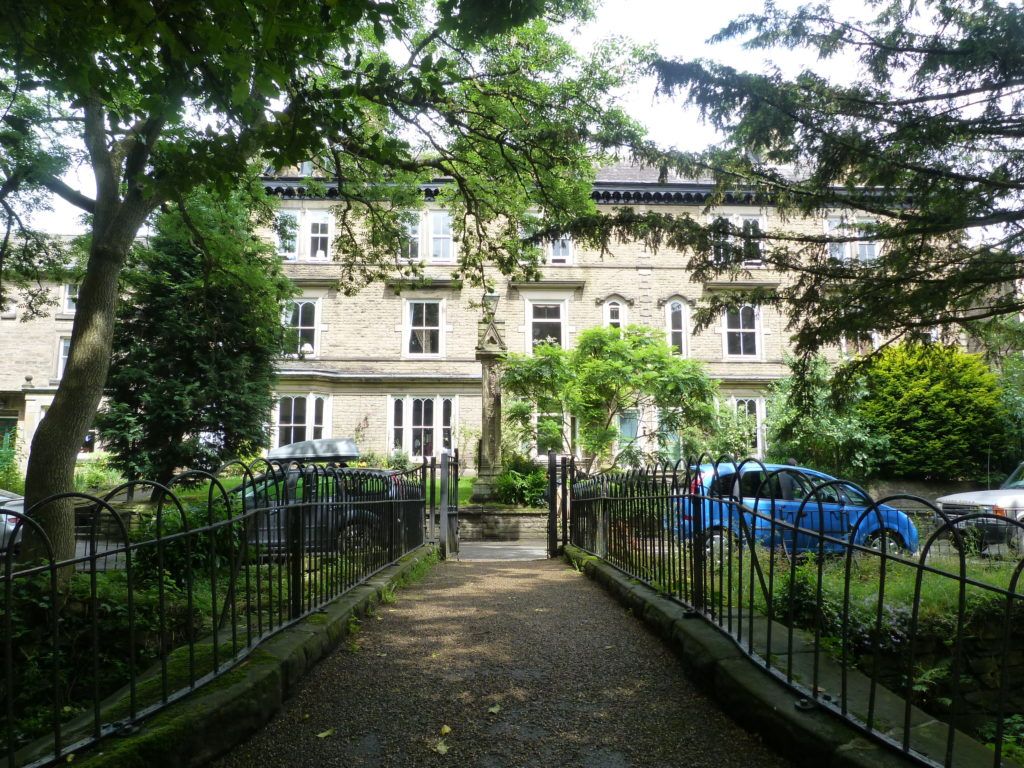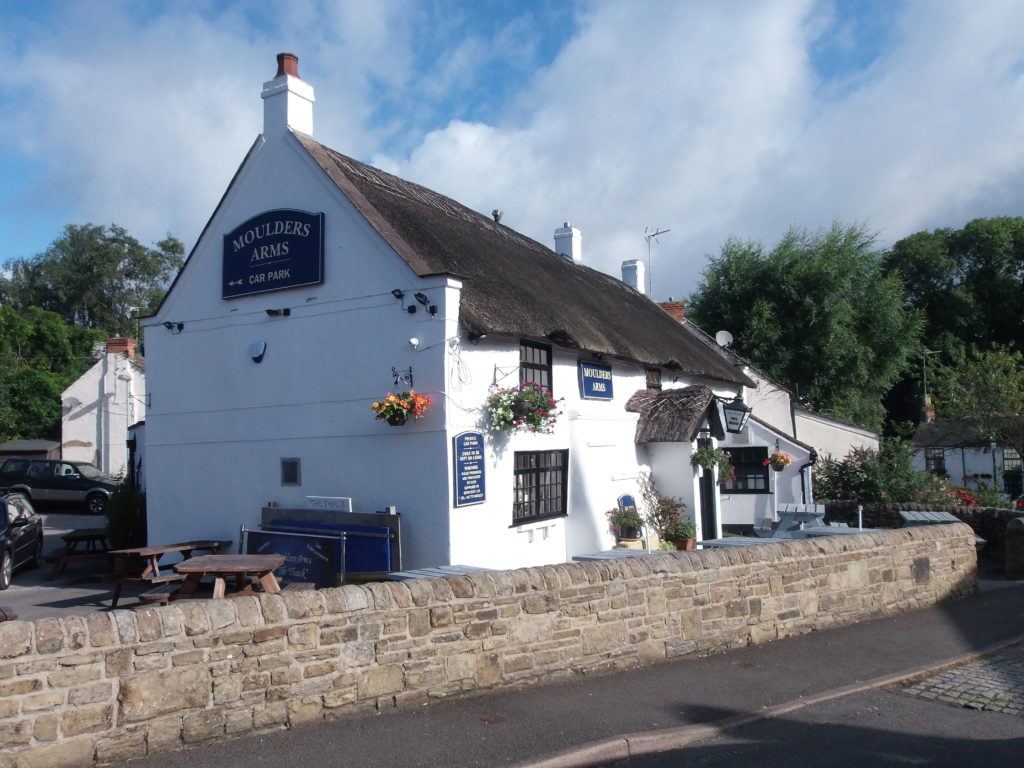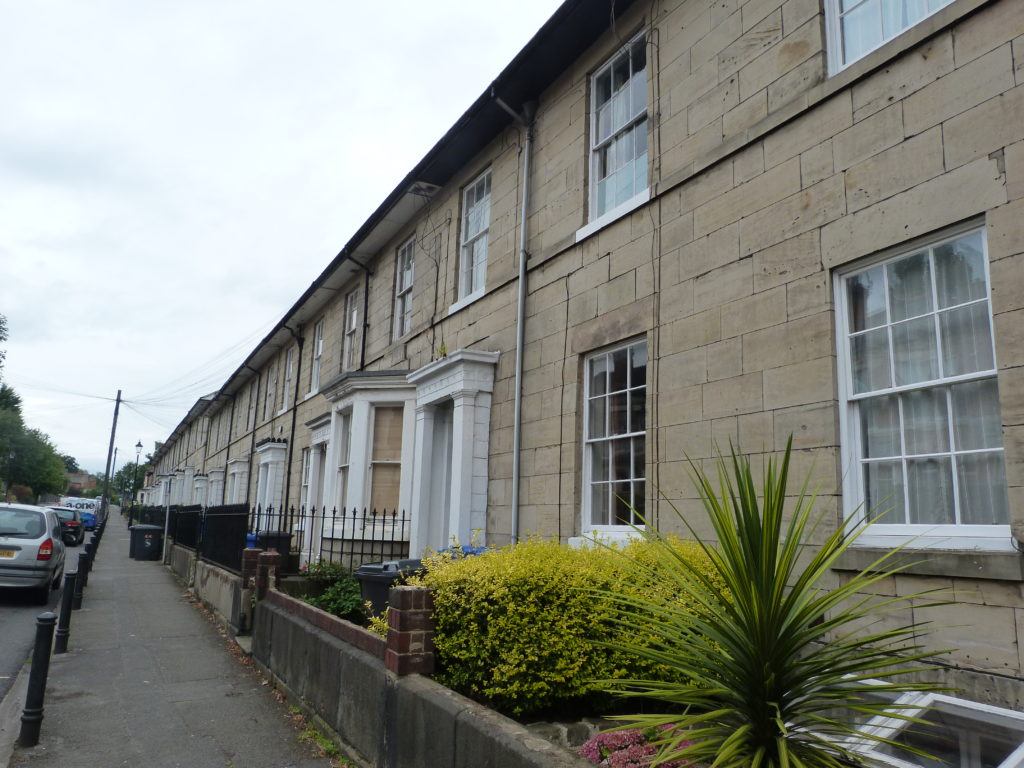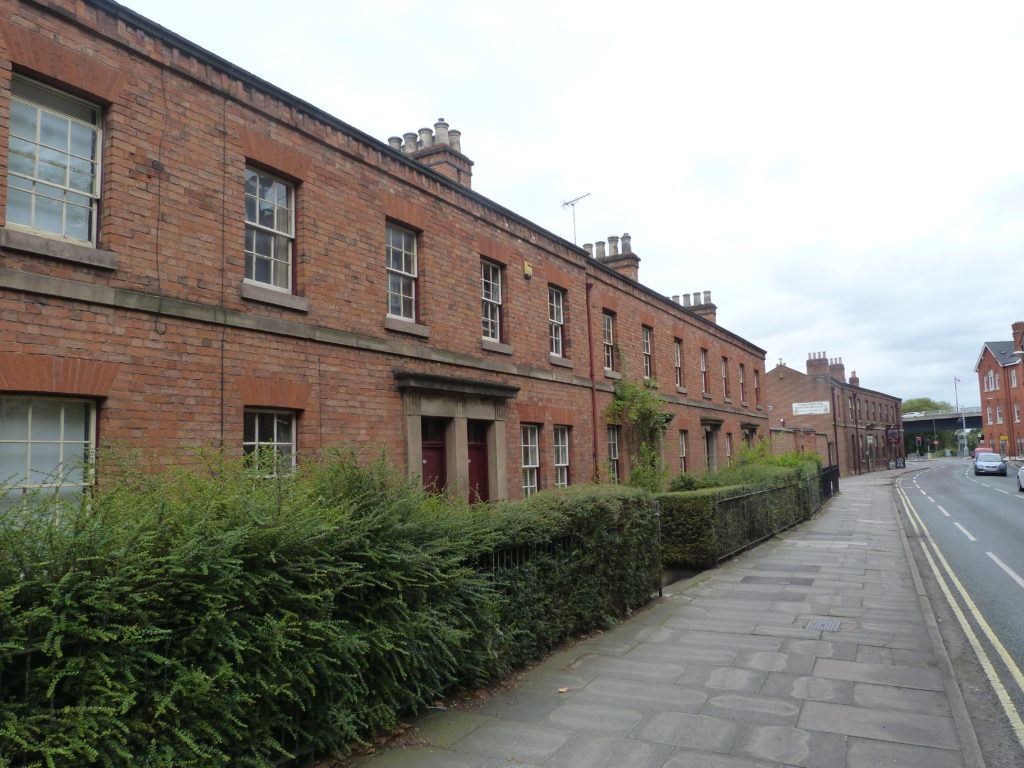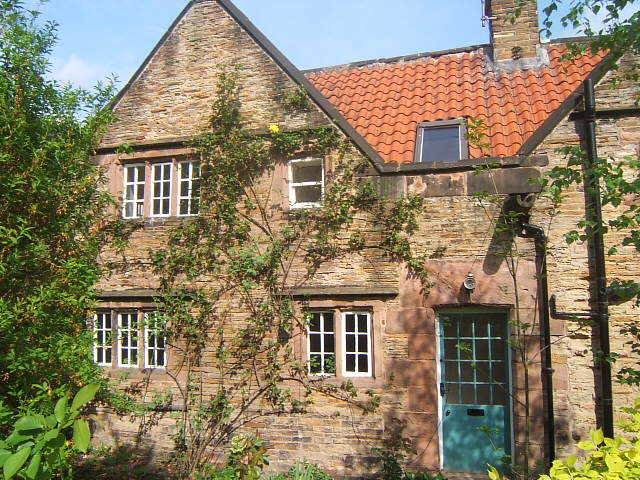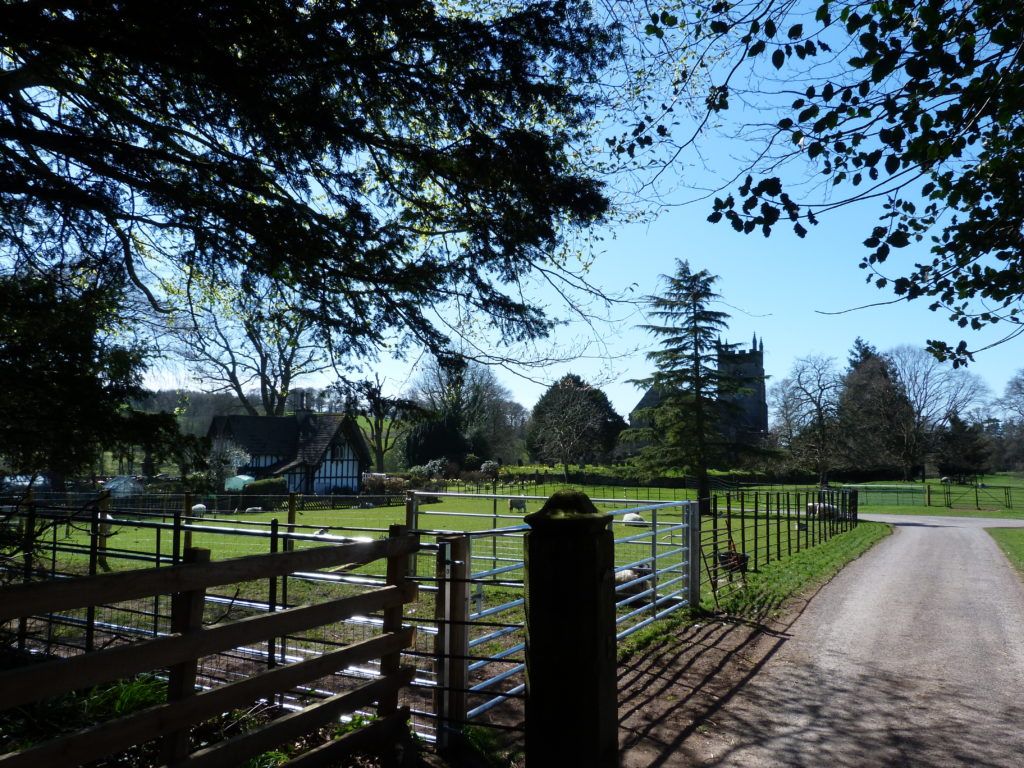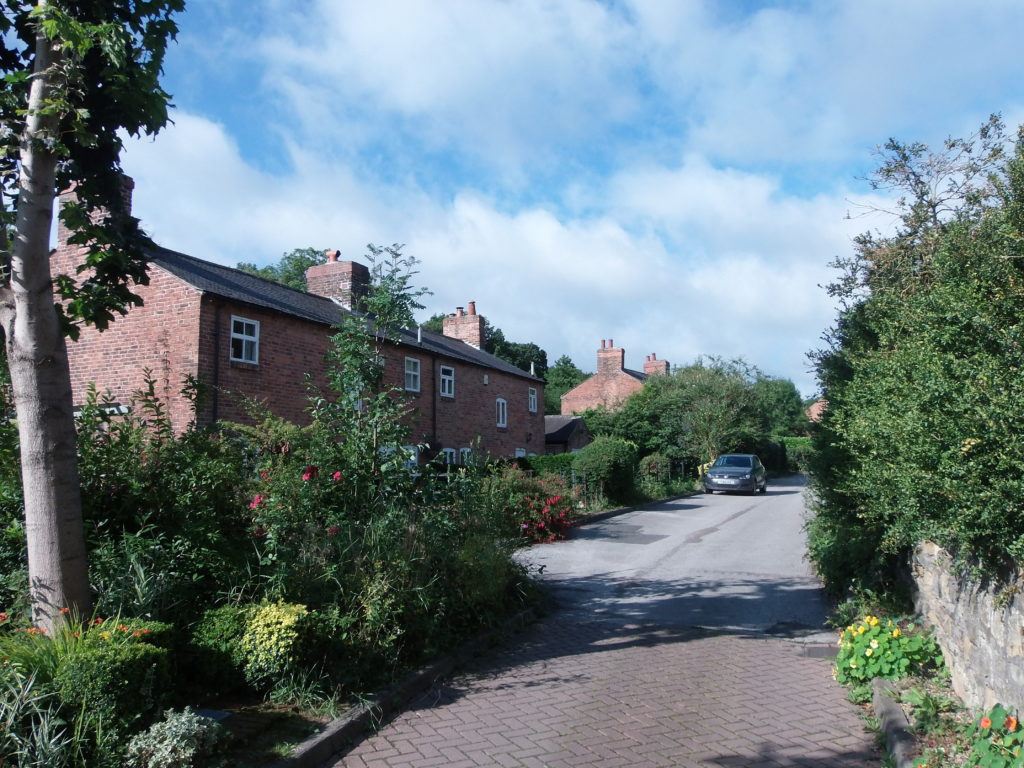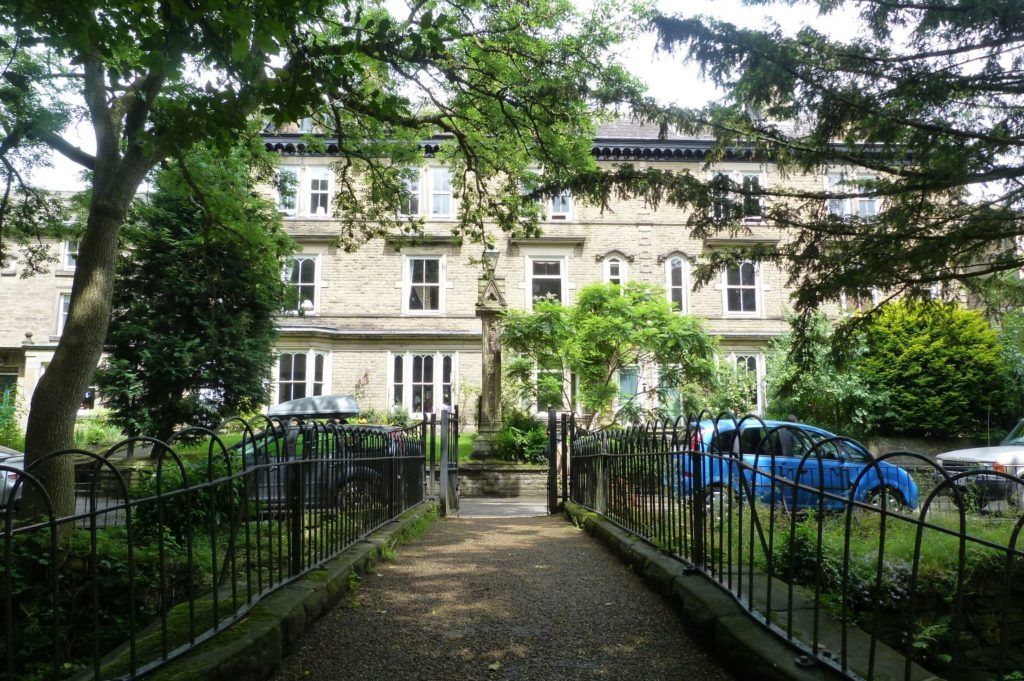50 years after the Civic Amenities Act first introduced Conservation Areas, Jon Millhouse highlights some less celebrated but nonetheless notable county treasures, in Derbyshire’s hidden architectural heritage.
Working with buildings across Derbyshire for the previous 13 years, I have come to greatly appreciate our varied architectural heritage. The county’s grand stately homes and picturesque Peak District villages are well known and rightly celebrated, however, it is the more humble and lesser known historic buildings which have often surprised and interested me.
In villages around Ashbourne, for example, I have encountered unassuming brick and tile cottages which on closer inspection reveal medieval origins – ‘cruck’ frames buried in gable walls, box timber frames hidden behind brick facades and evidence of old thatched roofs. I have sipped tea in the kitchens of farmhouses that appear unchanged for centuries – particularly those still at the heart of working farms which have therefore retained their rustic atmosphere.
In Osmaston, Snelston and Doveridge, parkland landscapes and delightful estate buildings survive as a reminder of the grand mansion houses which once graced the landscape.
In Matlock, the elegant Georgian and Victorian terraced houses at Knowleston Place are reminiscent of Bath or Kensington, yet they are tucked away and little known. Climb the cobbled hill opposite Knowleston Place and one reaches ‘Old Matlock’, with its medieval Church of St Giles and grand 17th century Wheatsheaf Farmhouse that evokes an earlier era.
In Amber Valley, the industrial heritage of the former Butterley Company (the iron and brick manufacturers who were responsible for London’s St Pancras Station), is undervalued in comparison to that of the Derwent Valley.
Early examples of company–built worker’s housing and model farms still survive on the firm’s old estate, as well as a 3,063 yard canal tunnel and subterranean wharf beneath its old ironworks at Ripley. There are other unexpected finds in the area, too – the thatch-roofed Moulders Arms public house at Riddings, for example.
I was fortunate enough to work for the Sitwell Estate of Renishaw Hall near Chesterfield for a time, and encountered old mills, cottages and farm buildings discreetly hidden in North East Derbyshire villages.
Built during the estate’s heyday in the 17th century, these buildings appeared to have barely changed in the time since, as the settlements around them grew larger as a consequence of the area’s coal reserves.
The city of Derby is also home to some lesser known heritage assets. Occasional visitors to the city may be familiar with the historic Cathedral Quarter and Georgian Friar Gate, but less aware that several of the suburbs retain historic village cores (Allestree and Darley Abbey for example), or that Derby contains several fine examples of 19th century terraced housing (such as Railway Terrace and North Parade).
This year marks the 50th anniversary of the establishment of England’s first Conservation Area. Defined as ‘an area of special architectural or historic interest the character or appearance of which it is desirable to preserve or enhance’, Conservation Area designation has proved to be a useful means of protecting the character of historic enclaves within Derbyshire, as elsewhere, and there are now nearly 300 Conservation Areas within the county. The Trusley Conservation Area was designated by Derbyshire County Council on 25th July, 1968 – making it one of the first in England and the first in the South Derbyshire district.
There are also hundreds of individually Listed buildings, as well as the Derwent Valley Mill’s status as a World Heritage Site. Designated status has helped to protect these heritage assets and encourage appreciation of them, which is to be applauded. It is also worth remembering, however, that there are countless other ‘non-designated’ historic buildings of worth, which often get overlooked.
As I have found during the course of my work, there is much within the county to discover and admire when it comes to our hidden architectural heritage.
Jon Millhouse is a Chartered Town Planning Consultant and Director at the Planning and Design Practice, based in Derby and Matlock. He can be contacted on 01332 347371.
Derbyshire’s ‘Hidden’ Architectural Heritage was originally published in Derbyshire Life November 2017
